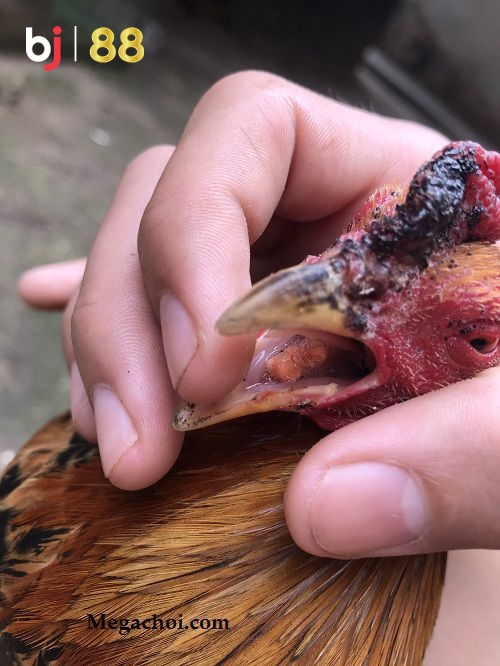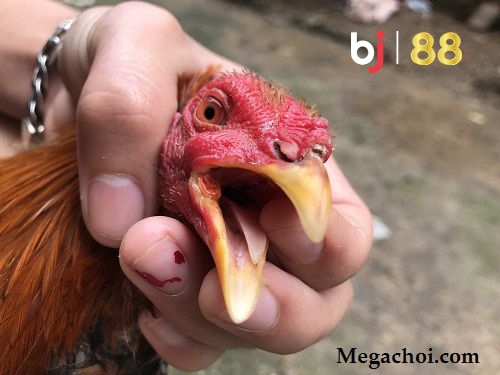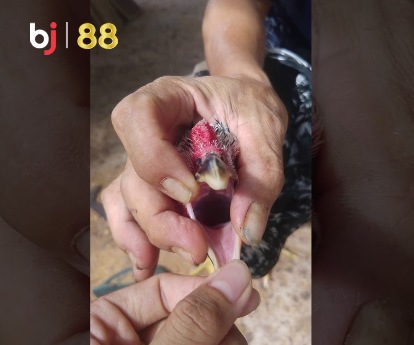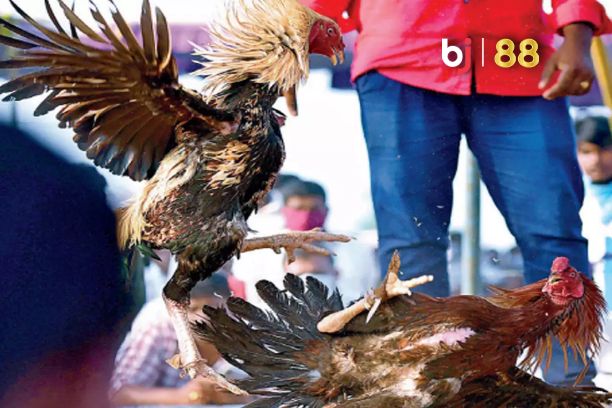Picky chickens are a prevalent sickness while raising fried chickens. Without prompt management, the sickness will progress to a severe stage, threatening the campaign’s life and health. So, what is the reason of this ailment and how can it be treated? Right now, SV388 BJ|88 Vietnamese Chicken professionals will assist you in answering the questions listed above.
So, what exactly is a picky chicken?
Cocooning is a condition in which the chicken’s body looks as a huge lump even when it is not touched or dropped. It is frequently found under the muscle, in places like the neck, kite, head, and edge, producing troubles when living, particularly at the edge. So, what causes finicky hens and how can you cure them? Let’s proceed to the following part to find out!

Where do chicken cocoons often grow?
As previously said, cocoons can form on the neck, kite, head, hull, edge… Chickens with cocoons are easier to cure and recover more quickly, whereas cocoons and neck cocoons are the most difficult to treat. Picky chickens are frequently caused by poor nourishment, a shortage of nutrients, or hens drowning in their own skin, wounds from competition, etc.

Instructions for using medications to cure chicken cocoons
Cocoon pepper products are increasingly being offered at veterinary pharmacies around the country. These medications are primarily used to reduce swelling, anti-inflammatory, analgesic, and anti-edema, as well as to prevent runny noses and the flu.
However, treatment of hens with cocoony with medicine should be done as soon as possible, otherwise it would be difficult to treat for a long time, and removing the cocoon can be quite hard.

How to cure minor pickiness in chickens with medications
LamPam or B80 can be purchased in a veterinary pharmacy by aspiring fighters. LamPam capsules are blended with 3 to 5cc of drinking water before being pushed directly into the chicken’s mouth.
About 3-5 days after the results improve, dab a few drops of B80 into cotton and softly apply to the chicken’s cocooned region twice a day. Chickens must be treated with this cocoon on a regular and ongoing basis in order for them to recover fast from the ailment and avoid recurrence later on.

Violet cocoon, special medication
Violet is still a very effective product that specializes in combating cock cocoons. This medication is used as follows:
- Take some warm salt water approximately 30-40 degrees Celsius, clean the edge of the cocooned chicken, then apply Violet medication, the dosage is roughly twice a day.
- Use the medicine on a regular basis to ensure that the hens recover rapidly from the sickness.

The chickens are extensively cocooned.
If your prize is badly cocooned, Lampam can be administered in larger dosages. Approximately 1.5 pills were combined with 3-5cc of water and injected straight into the chicken’s mouth. As a result, the therapy will be more efficient and quick.

Instructions for curing chicken cocoons via pecking.
In case the chicken is extremely severely twisted cocoon, using medications does not work, you need to peck the cocoon. However, do not peck too early since it may lead the chickens to turn back. Wait until the cocoon solidifies, then press it with your palm to test if it can run back and forth, indicating that the cocoon is ripe and pecked.
Cocoon pecking is more commonly employed for the neck, head, and gourd. In the cocoon at the edge, humans continue to give hens medication. We can still operate cocoons at the edge, but we must exercise extreme caution and maintain cleanliness to avoid contaminating the incision.

The treatment of chickens with cocooning by pecking is performed as follows:
- Prick a tiny hole in the cocoon and remove the syringe that collects the fluid within.
- Inject Lincomycin and draw again. Continue for 5 days at a dosage of 1-3 ampoules of Lincomycin, for the greatest results.
- When the cocoon has dried and solidified, you may peel it out with your hands.


However, experienced individuals and specialists must discuss in advance about pecking chicken cocoons to reduce the chicken’s blood loss and infection, which weakens the chicken and causes it to die after a time of pecking.
Final conclusions
Above, we discussed finicky chicken sickness, including its causes and remedies. Hopefully, the article has given the monks more expertise in efficiently treating and caring for cocooned war chickens, allowing the birds to emerge from their cocoons promptly and remain healthy.



